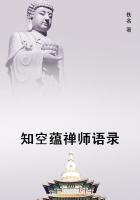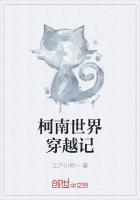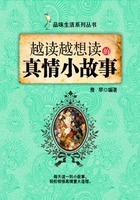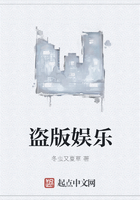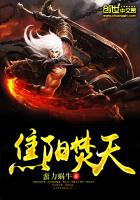When I crossed the Russian front in October, 1919, the first thing I noticed in peasants' cottages, in the villages, in the little town where I took the railway to Moscow, in every railway station along the line, was the elaborate pictorial propaganda concerned with the war.There were posters showing Denizen standing straddle over Russia's coal, while the factory chimneys were smokeless and the engines idle in the yards, with the ******st wording to show why it was necessary to beat Denizen inorder to get coal; there were posters illustrating the treatment of the peasants by the Whites; posters against desertion, posters illustrating the Russian struggle against the rest of the world, showing a workman, a peasant, a sailor and a soldier fighting in self-defence against an enormous Capitalistic Hydra.There were also-and this I took as a sign of what might be-posters encouraging the sowing of corn, and posters explaining in ****** pictures improved methods of agriculture.Our own recruiting propaganda during the war,good as that was, was never developed to such a point of excellence, and knowing the general slowness with which the Russian centre reacts on its periphery, I was amazed not only at the actual posters, but at their efficient distribution thus far from Moscow.
I have had an opportunity of seeing two of the propaganda trains, the object of which is to reduce the size of Russia politically by bringing Moscow to the front and to the out of the way districts, and so to lessen the difficulty of obtaining that general unity of purpose which it is the object of propaganda to produce.The fact that there is some hope that in the near future the whole of this apparatus may be turned over to the propaganda of industry makes it perhaps worth while to describe these trains in detail.
Russia, for purposes of this internal propaganda, is divided into five sections, and each section has its own train, prepared for the particular political needs of the section it serves, bearing its own name, carrying its regular crew-a propaganda unit, as corporate as the crew of a ship.The five trains at present in existence are the "Lenin," the "Sverdlov," the "October Revolution," the "Red East," which is now in Turkestan, and the "Red Cossack," which, ready to start for Rostov and the Don, was standing, in the sidings at the Kursk station, together with the "Lenin," returned for refitting and painting.
Burov, the organizer of these trains, a ruddy, enthusiastic little man in patched leather coat and breeches, took a party of foreigners-a Swede, a Norwegian, two Czechs, a German and myself to visit his trains, together with Radek, in the hope that Radek would induce Lenin to visit them, in which case Lenin would be kinematographed for the delight of thevillagers, and possibly the Central Committee would, if Lenin were interested, lend them more lively support.
We walked along the "Lenin" first, at Burov's special request.Burov, it seems, has only recently escaped from what he considered a bitter affliction due to the Department of Proletarian Culture, who, in the beginning, for thedecoration of his trains, had delivered him bound hand and foot to a number of Futurists.For that reason he wanted us to see the "Lenin" first, in order that we might compare it with the result of his emancipation, the "Red Cossack," painted when the artists "had been brought under proper control." The "Lenin" had been painted a year and a half ago, when, as fading hoarding in the streets of Moscow still testify, revolutionary art was dominated by the Futurist movement.Every carriage is decorated with most striking but not very comprehensible pictures in the brightest colors, and the proletariat was called upon to enjoy what the pre-revolutionary artistic public had for the most part failed to understand.Its pictures are "art for art's sake," and cannot have done more than astonish, and perhaps terrify, the peasants and the workmen of the country towns who had the luck to see them.The "Red Cossack" is quite different.As Burov put it with deep satisfaction, "At first we were in the artists' hands, and now the artists are in our hands," a sentence suggesting the most horrible possibilities of official art under socialism, although, of course, bad art flourishes pretty well even under other systems.
I inquired exactly how Burov and his friends kept the artists in the right way, and received the fullest explanation.The political section of the organization works out the main idea and aim for each picture, which covers the whole side of a wagon.This idea is then submitted to a "collective" of artists, who are jointly responsible for its realization in paint.The artists compete with each other for a prize which is awarded for the best design, the judges being the artists themselves.It is the art of the poster, art with a purpose of the most definite kind.The result is sometimes amusing, interesting, startling, but, whatever else it does, hammers home a plain idea.


